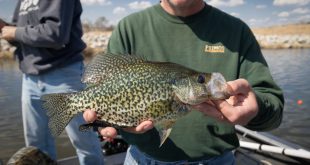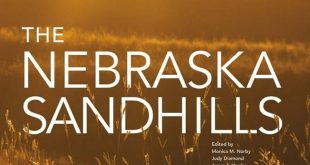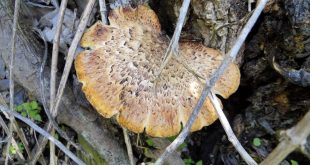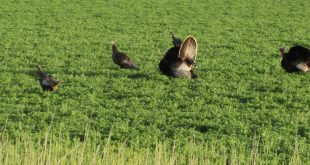![IMG_0562[1]](http://magazine.outdoornebraska.gov/wp-content/uploads/2014/11/IMG_05621.jpg)
Basswood Ridge WMA is part a larger 2000-acre tract of oak forest on the Missouri River bluffs. Historically, Nebraska’s deciduous forests frequently burned in early spring and fall when leaf litter was dry. These fires kept forests open by killing fire-sensitive shrubs and trees, such as honey locust, hackberry and cedar, while promoting oak growth and a lush growth of plants on the forest floor.
Fire also kept invasive species at bay, such as the herbaceous plant garlic mustard and woody plants, such as honey locust, black locust and eastern red cedar that currently threaten this forest. Through the use of prescribed fire, the Commission aims to restore conditions on the WMA that would provide suitable habitat and forage for wildlife.
Owners of Eastern Nebraska woodlands need to be especially aware of garlic mustard, an invasive plant from Europe that has the potential to take over woodland understories, displace native plants and degrade habitat for deer, turkey, songbirds, and other wildlife. Garlic mustard usually establish as small patches along trails or in low ravines, but can spread rapidly thereafter, resulting in fewer insects for turkey broods, less forage for deer, and less habitat for wildlife.
![IMG_0568[1]](http://magazine.outdoornebraska.gov/wp-content/uploads/2014/11/IMG_05681.jpg)
Garlic mustard is gaining a foothold on Basswood Ridge WMA and surrounding properties. Over the next few years, the Nebraska Game and Parks Commission will be working on the WMA and on neighboring land where permission is granted to control its growth. For more information on the management of Basswood Ridge WMA and garlic mustard, contact wildlife biologists Russ Hamer or Jeff Borchers at 402-675-4020.
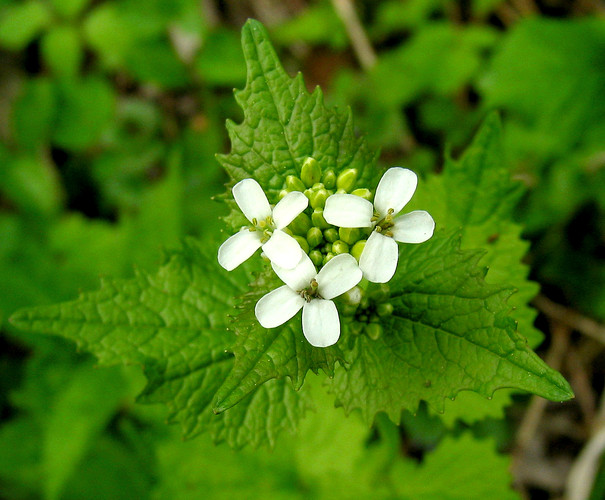
 Nebraskaland Magazine
Nebraskaland Magazine
